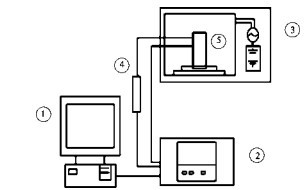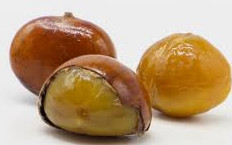Effects of different drying methods on chestnut quality
In order to explore suitable drying methods for different chestnut products, natural ventilation drying, vacuum freeze drying, microwave drying equipment, hot air drying and microwave vacuum drying were used to treat fresh chestnut. The nutrient composition, flavor substances and functional characteristics of dried chestnut were evaluated.

The results showed that the quality of chestnuts treated by different drying methods was quite different. The nutrient composition and processing quality of vacuum freeze-dried chestnuts were significantly better than those of the other four drying methods. The quality of chestnuts dried by microwave vacuum drying was only inferior to that of vacuum freeze-drying. The difference of processing quality between natural ventilation drying and hot air drying was small, only natural ventilation drying chestnuts. The vitamin C content of chestnut was higher than that of hot air drying. The best texture parameter is hot air drying.
Key words: chestnut microwave drying; drying

A total of 49 flavor substances were detected, of which 28 were vacuum freeze-drying and microwave drying, 23 were hot air drying, 21 were microwave vacuum drying, and 13 were natural ventilation drying. Except for microwave vacuum drying, the highest relative content of aroma components was 3-ethyl-2,5-dimethylpyrazine, the highest content was benzyl alcohol. The quality of microwave vacuum drying of chestnut is second only to vacuum freeze drying, and the drying speed is fast and the energy consumption is low. It is suitable for industrial production of chestnut drying and processing.
The physical and chemical quality parameters (weight loss, hardness, color, total soluble solids content and acidity) and harvesting damage index (chilling injury and decay) of plum were investigated during each investigation period. In general, 1-MCP treatment reduced hardness loss and color change (L * and B *), and maintained fruit acidity close to that at harvest.
1-MCP treatment enables fruit to be sold at a more mature stage and stored at higher temperatures without loss of quality. Chilling injury index (CI) is the most relevant index of injury. The chilling injury of fruits harvested in H2 and stored at 8 (?) C for 50 days and stored for 5 days is the most serious. 1-MCP may reduce the effect of CI but not the decay rate.